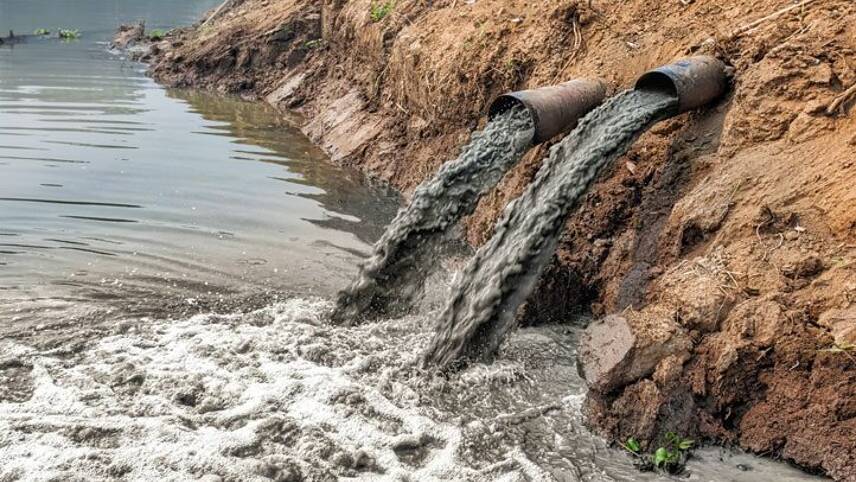Register for free and continue reading
Join our growing army of changemakers and get unlimited access to our premium content

BITC’s recent Report “Optimising Bioresources; Minimising Water Pollution” highlights an emerging problem of contamination of bioresources as well as water from waste treatment plants, related to microplastics and chemical pollutants. These biowastes – the sewage sludge or biosolids that are the output of the waste treatment process – and recycled water are valuable resources.
This is particularly true in an increasingly water-scarce world; even Lake District rivers are running dry this year. The organic matter enhances soil structure and water-holding capacity which reduces flood risk increasing climate resilience while nitrogen and phosphorus are important for productivity.
This co-created report waves a yellow flag showing that this circular economy approach utilised in the management of these bioresources is under threat. The risk of soil contamination means that there is a push towards banning this regenerative, circular approach and incinerating these wastes instead. Switzerland and Maine have already done so. This would increase carbon emissions and turn a valuable resource into waste. The costs of investing in and using such facilities may double the cost of wastewater treatment, with implications for water bills.
Where is this contamination coming from? Substances of concern include microfibres from clothing, microplastics from tyres as well as disintegrating packaging, heavy metals from brakes, chemicals like PFAS often known as “forever chemicals” found in a huge number of products, as well as fire retardants, substances like Triclosan in household products, and pharmaceuticals.
So what can be done about this? The Report sets out a hierarchy of actions for businesses and policy-makers, in order of preference in effect fleshing out the “prevention of waste” part of the current waste hierarchy. These actions would help ensure these materials are a resource and not waste.
- The priority step is innovative green chemistry thinking – avoiding problematic substances and ensuring that where possible, they degrade naturally into harmless substances
- The second step is about the pathways and reducing movement of these substances into wastewater, including through washing machine filters and sustainable drainage systems for highways.
- The third is around behaviours – washing of clothes and how we drive our cars, relevant to laundries and those who lease fleets as well as households.
- The fourth is about waste treatment that focuses on recovery of valuable materials. Incineration should be unnecessary once these steps are taken.
Importantly, the report stresses that every business can act through their procurement for example in contracting fleets for deliveries. A report by Emissions Analytics shows that the best tyres are 80% less toxic than the worst. Similarly, retailers cam check the chemicals used in the products they stock – whether to furnishings or used in products like DIY products – and seek to influence brands accordingly. Suppliers can strive to meet higher standards such as under various ecolabel schemes, and communicate their action through these labels.
Governments can support this shift. The planned new Chemicals Strategy can set direction for addressing this problem including stopping these substances reaching wastewater, for example by making washing filters mandatory. The report also suggests that a greater focus on recovery of materials from wastewater rather than simply preventing pollution would be a more positive approach to the situation, recognising that all materials have a value and some like phosphorus are increasingly scarce.
The report emphasises the need for all to play their part. Action by businesses across the chemicals and biowastes value chains can together drive impactful change.



Please login or Register to leave a comment.